
OR
Baghdadi's death and growing terrorist threat in South Asia
Published On: November 1, 2019 12:55 PM NPT By: Narayan Adhikari | @BraboAlfa
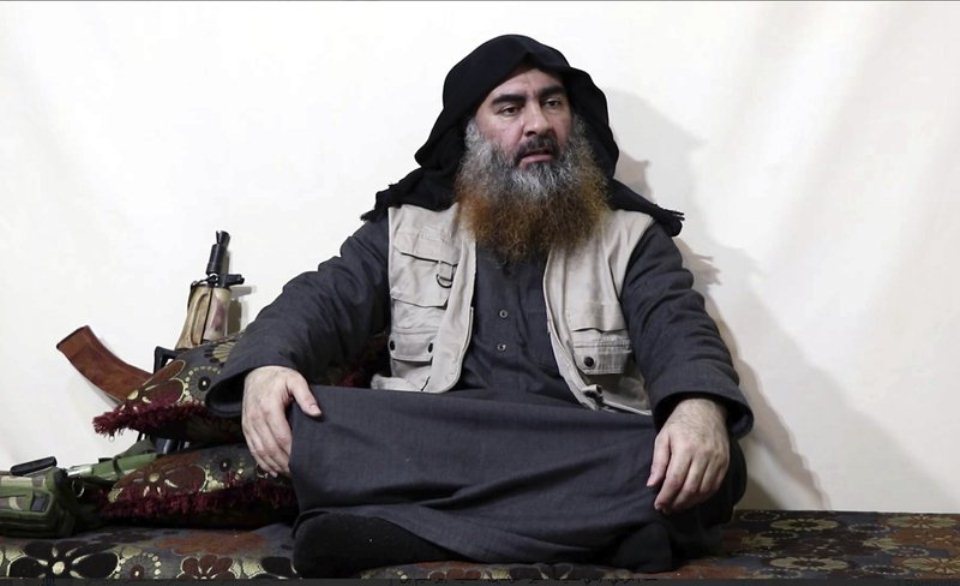

Narayan Adhikari
The author is a researcher on National Security and Terrorism.adhikarinarayan@live.com
On October 27, 2019, Sunday morning, President Donald Trump proclaimed at the White House that "world's number one terrorist leader" is dead. On October 26, the US special force killed the world's most-wanted man Abu Bakr al-Baghdadi in northern Syria.
It was a great victory for the US Special force. This also increased hope for those who were under the IS control. The death was preternatural like the killing of the world's notorious terrorist leader Osama Bin Laden.
On May 2, 2011, Bin Laden was killed by United States Navy SEAL Team Six in Abbottabad, Pakistan. Osama was the founder of the Al-Qaeda terrorist group and the mastermind of the 9/11 terrorist attacks, where more than 2753 people were killed after hijacked American Airlines Flight and United Airlines Flight were deliberately crashed at the World Trade Center (WTC).
Terror, mass murder, genocide, slavery and breathing bloody life existed there in Sriya, Libya and around the globe by ISIS. Both Muslims and non-muslims were victimized by ISIS in many countries around the world including Iraq, Sriya, France, Belgium, Tunisia, Turkey to Egypt.
Who was Abu Bakr al-Baghdadi?
The world was not aware of Baghdadi until 2014. Security agencies believed that Al-Baghdadi was born in Samarra, Iraq,1971. Why did the US intelligence CIA pour billions of dollars to search him although Abu Bakr was not that much popular? People might have taken it by surprise at that time. Abu Bakr was a man who dreamt of creating a whole country "caliphate". With the rise of Baghdadi, politics in the name of religion seemed to have got further escalated in many countries.

After the 9/11 terrorist attack, the United States intensified the war against terrorism calling it "War on Terror". With the killing of Bin Laden by the US Navy, Al-Qaeda's gradually started losing its dominance. Several key leaders and militants of Al-Qaeda were killed in the following years. The Al-Qaeda looked like totally disappearing.
US Force, NATO, Iraqi forces were chasing rapidly and Al-Qaeda was only conducting a lone-wolf operation. Major terrorist attacks were almost history for Al-Qaeda's militants. To keep the existence of terrorist organization militants were looking for terrorist leaders either who can handle Al-Qaeda or who can run another extremist religious group. Suddenly, a man came to take the lead of the ISIS and many Al-Qaeda's militants started joining it. Many believed that the Al-Qaeda was eclipsed by the ISIS.
In July 2014, a man appeared in a video appealing to the people to carry out holy war, and the man was Abu Bakr al-Baghdadi. That video became viral on social media. The same man proposed to establish an Islamic state country comprising Syria and Iraq. Abu Bakr al-Baghdadi claimed he was the leader of ISIS. Actually, it was a breakaway faction of Al-Qaeda. ISIS's ambition was to create an Islamic state calling it a Caliphate across Iraq, Syria and beyond. A week after the ISIS took control of Iraq's second-largest city. It was the biggest feat for the self-proclaimed leader of ISIS Abu.
After several months' detention in Camp Bucca, Abu Bakr al-Baghdadi was released in 2004. He was the only supremo of the ISIS from April 2010 until his death in October 2019. When ISIS took the control of Falluja, ISIS had been able to control one after another major city of Iraq and Syria. As per the UN, more than one million Iraqis people were forced to flee their homes due to the growing presence of ISIS.
What made ISIS unique?
In fact, the unrestraint brutality and weapons terrified the entire world. ISIS attracts its followers from faraway. It came up with terrific videos including that of beheading American journalist James and others. Another shocking video released by ISIS was the killing of a Jordanian air force pilot who was burnt to death by the organization itself. It suggested the degree of brutality of ISIS.
Tackling terrorist threat in South Asia
South Asia has also been facing a terrorist threat in recent years. ISIS and other terrorist groups are trying to expand their footprint in this region. ISIS invaded Holey Artisan Bakery Cafe located at a very sensitive diplomatic enclave in Dhaka, the capital of Bangladesh on 1st July 2016. Later, it was revealed that the ISIS had backed domestic militants to carry out the terrorist attack there.
Another horrific incident of this year was Easter Sunday terrorist attack in Sri Lanka in April 2019. The terrorist attack shook the entire South Asia region. Three churches and three luxury hotels in the commercial capital Colombo were targeted in a series of coordinated terrorist suicide bombings by ISIS. In that incident, more than 259 peoples lost their lives.
The South Asian region is under serious terrorist threats due to growing terrorist activities. The politics of violence and extremist trends in South Asia can be partly linked to the faulty national policies adopted by the governments.
Terrorism and the rise of extremism have been occurring in South Asia due to several reasons including systematic perpetration against rebel groups by tyrannical regimes, growing social injustice, ideological and religious contradictions, and naked foreign interference. However, deteriorating socio-economic conditions, government policies and outside interference in all South Asian countries have been the primary factors responsible for the rise of extremism in the region.
The modus operandi of the terrorist groups in South Asia is slightly different than other parts of the world. Basically, in South Asia Muslim extremist groups, the Ethno-nationalist terrorist groups, national separatist groups, left-wing groups are actively terrorizing.
In Pakistan Baloch Liberation United Front (BLUF) and Laskar-e-Balochistan groups are the two major separatist groups. These groups are launching the Balochistan separatist movement. Similarly, Lashkar-e-Taiba, Jaish-e-Mohammad, Lashkar-e-Islam, Jammu and Kashmir Liberation Front, Jamiat-ul-Mujahideen and AI Badr terrorist groups are active in the Jammu and Kashmir.
These groups are fighting with the Indian government to establish Jammu and Kashmir as a Muslim state. Communist Party of India and other rebel groups are fighting inside India. India is heavily suffering from the United Liberation Front of Asam, National Socialist Council of Naglim-Isak-Muivah, People’s Liberation Army Manipur, demanding of “Land to the tillers”. Indian Maoists are active especially in Andhra Pradesh, Bihar, West Bengal, to free the land from big elite families. In 2010, then Indian Prime Minister Manmohan Singh went on to say that Maoists were the biggest internal security threat for his country.
Undoubtedly, South Asia should enhance counter-terrorism strategy across the border. Ultimately, South Asia’s goal is to become prosperous. South Asia should develop a unique strategy to eliminate terrorism in any firm while ending the radicalization and extremism. The anti-terrorism strategy policy seeks to enhance regional security.
Hence, all South Asian countries should work together against growing terrorist threats. South Asian countries come up with their plans to eliminate terrorism by strengthening security cooperation while discouraging the extremist elements.
(The author is a counter-terrorism expert in Kathmandu)
You May Like This
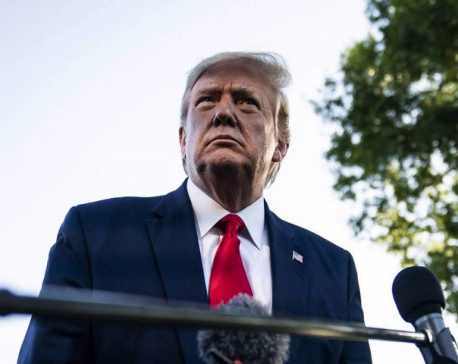
Price of Trump’s betrayal
The abandonment of Kurdish forces in northern Syria has reinforced already existing doubts in the region and around the world... Read More...
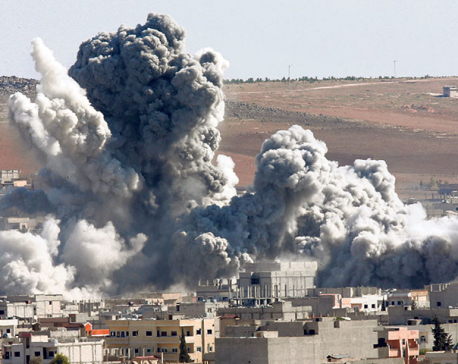
A plead for freedom
It was the start of the second group games of the FIFA World Cup 2018. The match was due to... Read More...

Why ISIS persists
Assad and his Iraqi counterparts can defeat ISIS if the US, Russia, Saudi Arabia, and Iran provide air cover and... Read More...




Just In
- Gandaki Province CM assigns ministerial portfolios to Hari Bahadur Chuman and Deepak Manange
- 352 climbers obtain permits to ascend Mount Everest this season
- 16 candidates shortlisted for CEO position at Nepal Tourism Board
- WB to take financial management lead for proposed Upper Arun Project
- Power supply to be affected in parts of Kathmandu Valley today as NEA expedites repair works
- Godepani welcomes over 31,000 foreign tourists in a year
- Private sector leads hydropower generation over government
- Weather expected to be mainly fair in most parts of the country today



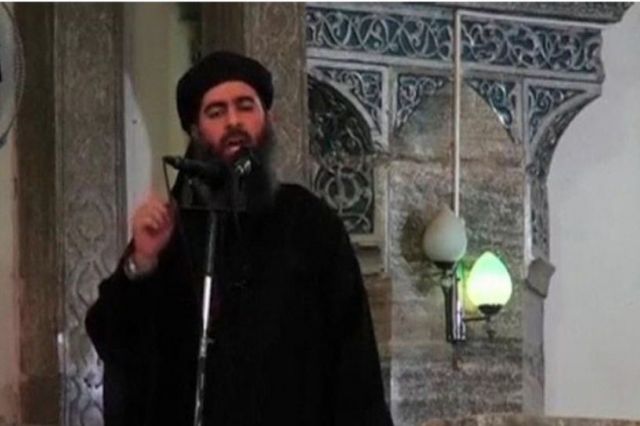




_20220508065243.jpg)




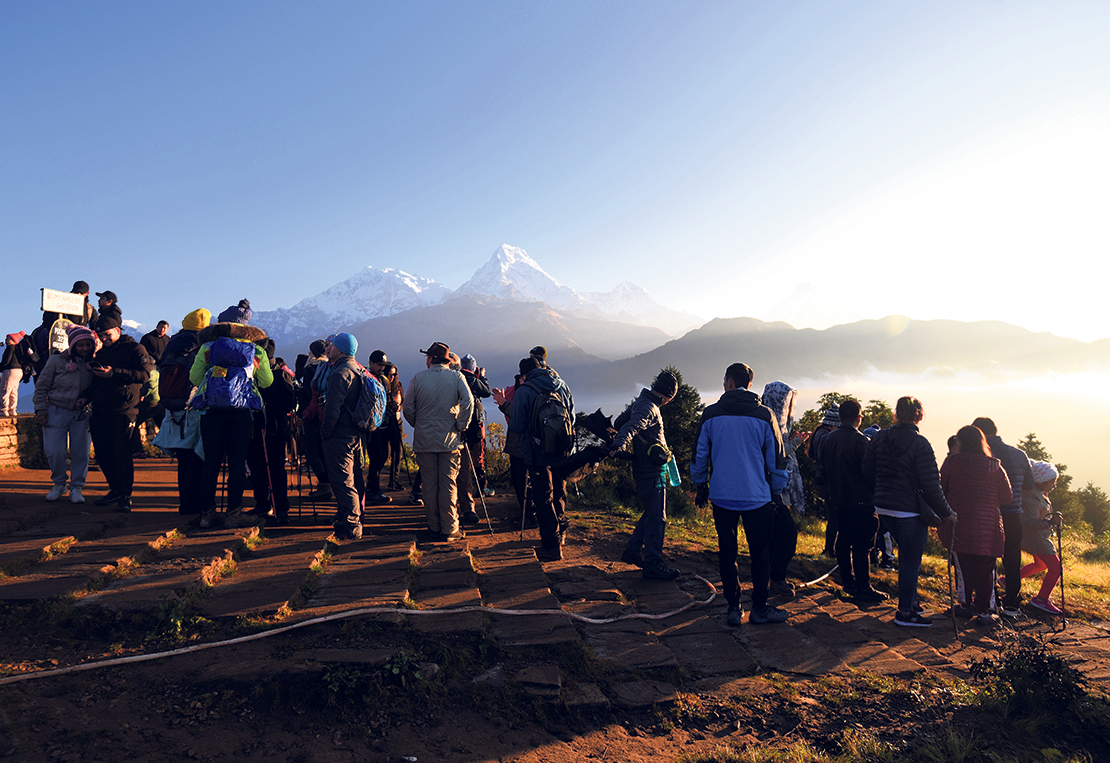


Leave A Comment